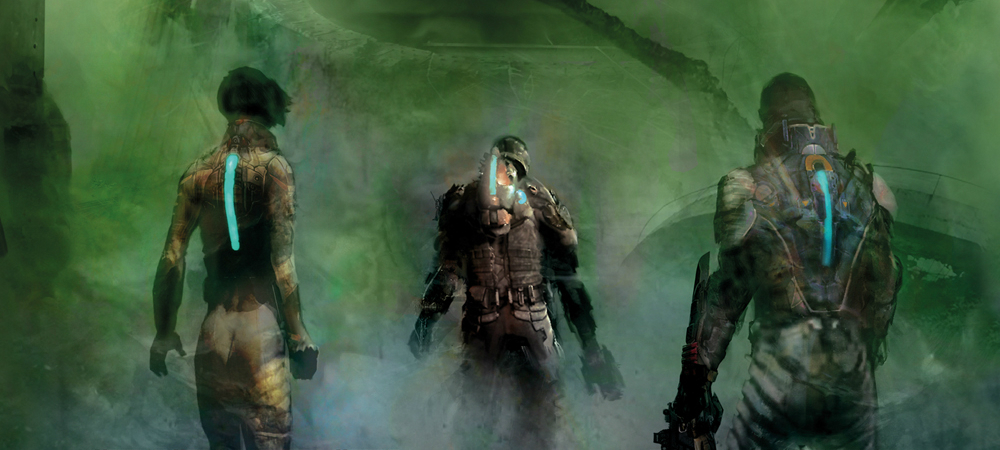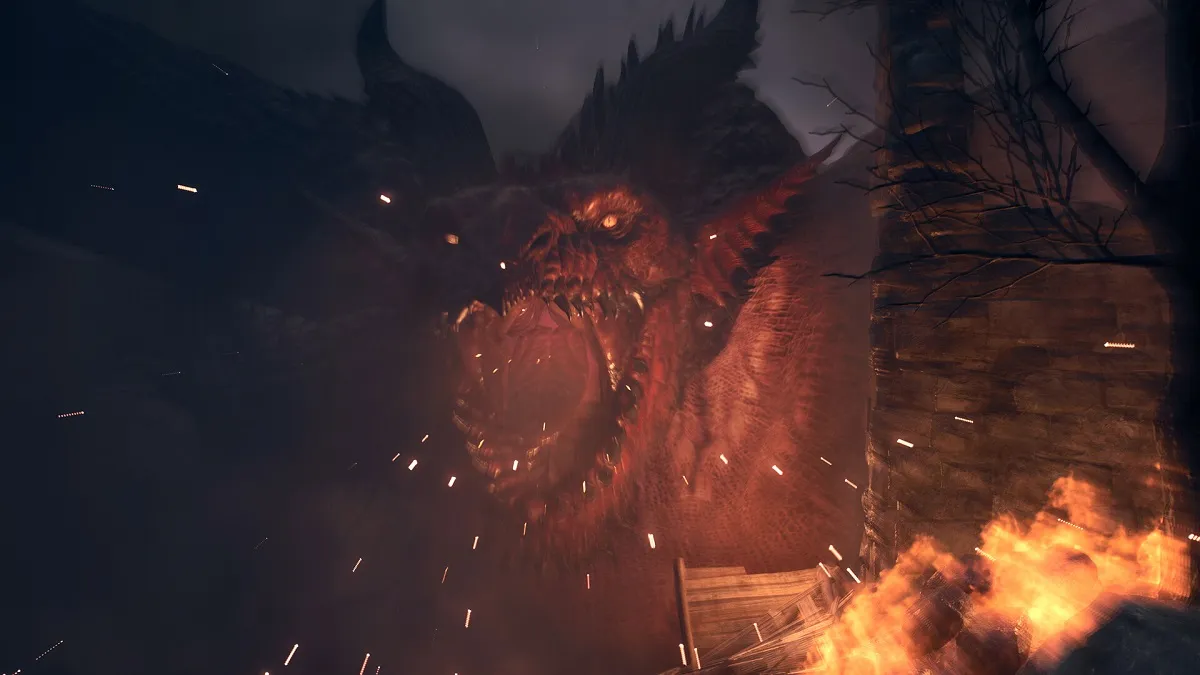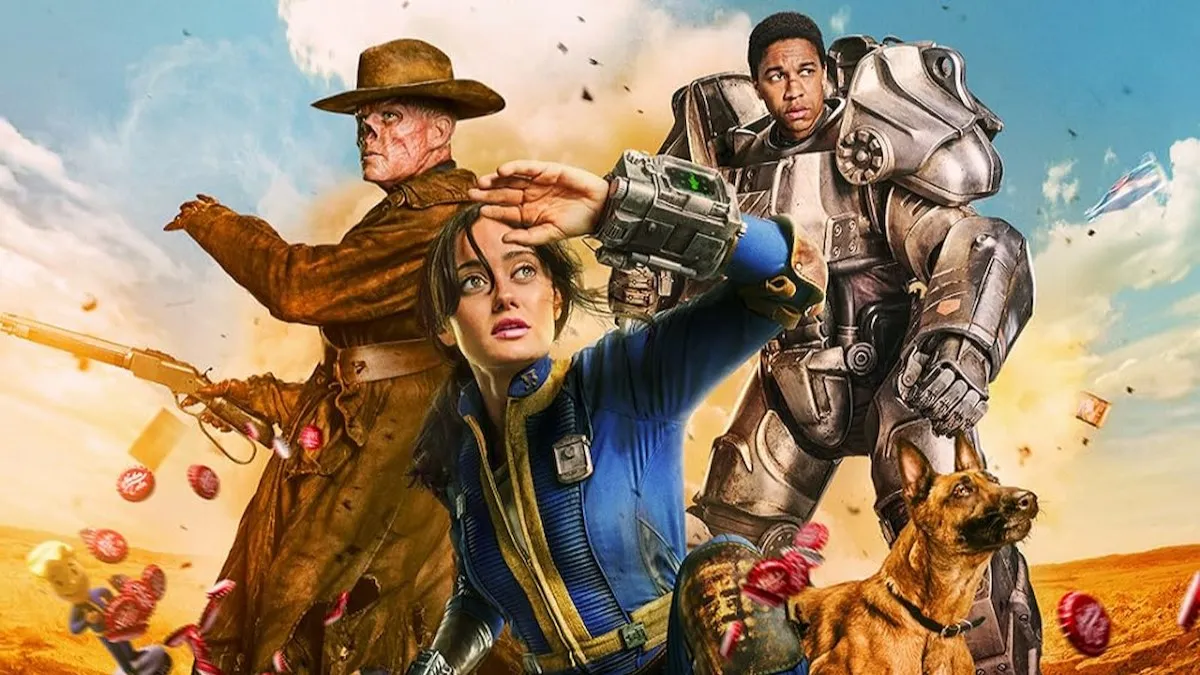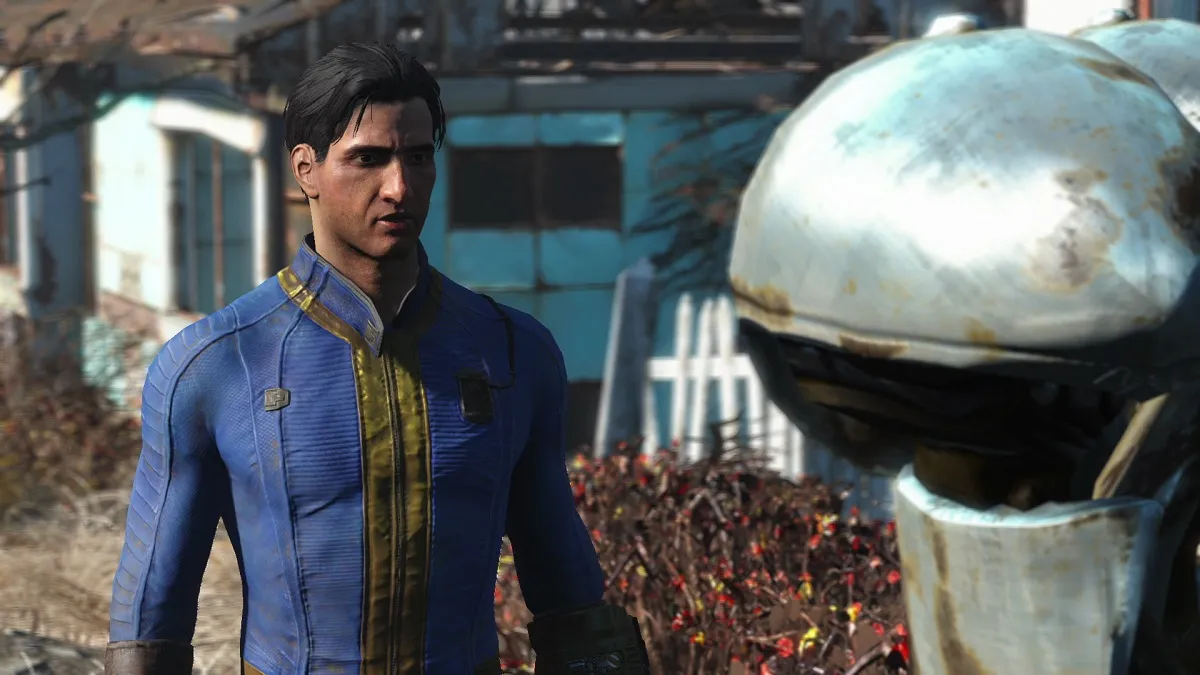An interview with Dead Space: Liberation artist Christopher Shy
Christopher Shy is a man who knows his Necromorphs. For two books now, he’s helped craft some of the scariest creations seen outside of Visceral’s own games; first with Dead Space: Salvage, and again most recently for the brand new Dead Space 3 prequel graphic novel, Dead Space: Liberation.
I had a chance to talk to Mr. Shy recently about his inspirations for his most recent work, his process for creating new types of Necromorphs, and his thoughts on gaming in general. Here’s what he had to say!
[Some of these questions come from the fine folks in the Dtoid community and have been labeled as such. Thanks to all who submitted!]

Destructoid: What excites you most about working with the Dead Space IP?
Christopher Shy: Well, the fact that I can be a small part of such an incredible franchise from its infancy, to start with. Games are really the big franchises of our generation: the new mythology. Before that, we had books and movies, but those fantasy and fictional worlds were very infrequently translated to film, which at the time were the apex of where you could go. Now, we have games that unfold, and stories that we can be a part of as we play.
Dead Space — and the games for the last ten or fifteen years — are becoming part of our collective consciousness. We know and remember those mythologies, and we look at those games as the perfect apex of what you could be immersed in, and any films as mostly poor adaptations of those games. It is interesting to play in a universe and immerse yourself before you illustrate any of those characters in a graphic novel, knowing that sometimes you’re adapting an almost perfect story already. Knowing that even a film would fail to capture it. That is why games are so interesting to us, and why there is such a difficulty in adapting them to film. You have to play the games before you write that script, otherwise you are doomed. Good luck finding anybody outside gamers to be that passionate about the new mythology.
How does working with a property like Dead Space differ from other projects you’ve been a part of? And do you prefer to work with established properties?
Well, from the very beginning the whole team at EA was extremely supportive of my process in approaching a novel. None of these stories are adaptations, and I don’t do those. If the film has already been made, I don’t want to touch the material, because really, what’s the point? Each of the Dead Space novels were outside of what was going on inside the two previous games, and this novel told the events before the third, so there was a universe outside of the window I could make my own. And for me, making anything my own is the first step. I may be a hired gun, but I treat these books as if I own them completely when I work on them, and EA made me feel like rather than being a hired gun, I was one of the family.
Did you work much with Visceral directly on this project? And if so, how much of an influence did they have on the direction of your work?
Yes, Cate Latchford and Chuck Beaver have always been on point to make sure I don’t go off the rails. There were a few designs that I needed to pull back from, things that I needed in to bridge the gap between the game and the novel, but for the most part it was mainly a very strong support network as I laid out the pages and sent them in.

Is there anything you wanted to include, but didn’t get to for whatever reason? (-smurfee mcgee)
I might have wanted to extend some of the Necromorph sequences. I always find myself thinking a book could always use more monsters.
Were you a fan of the Dead Space games before being approached to do these graphic novels? (-Corduroy Turtle)
Both of them, yes. Although with the number three, it was more of a visual walkthrough to examine the details. I wanted to push this novel closer to the look and feel of the third game, since the novel needed to lead into that, and merge with it. I am pretty excited to get a chance to play number three.
Are there any other games or series you’re into? (-Corduroy Turtle)
There are certain games that always stick out in my mind, and really resonated with me. I don’t get as much time as I would like to explore everything that is out there. I was a fan of Dead Space before coming onboard to illustrate the graphic novels. I always thought Half-life was incredible, and Half-Life 2 blew me away. Dead Space was the same for me. Dead Space 2 was almost an overload of new material; the universe really took off.
Is there anything you learned during your work on Salvage that you were able to draw on (pun intended) for Liberation?
I think being more familiar with the universe always helps, but I always try to approach each book differently. I was able to draw upon my previous library of creatures and monsters that didn’t make the cut during the first concept phase, and there is always the hope that something that didn’t work the first time around, may work in a second installment. There is a kind of design aesthetic I am following with the Necromorphs, something I am chasing in the work. Having exhausted some paths on the first book, I felt a bit freer on this one.

Did you know right away what direction you wanted to go? (-smurfee mcgee)
Generally within the first few hours of reading the script I will start to get an idea of where I want to go, and then I will fill up my notebook with sketches and notes. I always try to find some key element of a design that pulls the whole project together, and will inform the look and feel of the book. It could be a certain color scheme, or visual motif. In Salvage, it was the claustrophobic madness of Benedykt Malyech as he knelt before the Marker and slowly changed. The colors were muted; it had an almost Enki Bilal, Stanley Kubrick framing to that sequence. That led me to make cuts and color changes to the rest of the book to reflect that.
In Liberation, it was the vastness of space and the cold gray tones that led me to keep the book devoid of color in the beginning, so that when the action and explosions started, that would be the start of a whole new tonal shift in oranges and reds. It’s always a process on each one, and sometimes you may be 50 pages in before that anchor image arrives.
What were your influences for drawing this besides the source material? (-Occams electric toothbrush)
For the Necromorphs I looked at a lot of medical studies on tumors and cancers. The Necromorphs, to me, are more of one cell mass attacking another, mutating beyond their host. I always imaged when the Necromorphs finished attacking pure human hosts, they move on to each other, and those combinations were what I was most interested in. That worked well in Salvage, as the Necromorphs had been on the Ishimura for quite a while. I also built a lot of the ships in Salvage from scratch, they are still sitting in my studio. The largest is three feet long. For the ships I went for a much more heavy military use, something that was defined but lots of metal and redundancy. In space, no one can call a tow truck.*
[*Possible tagline for a Euro Truck Simulator 2 sequel, “Space Trucker”? I think so! –Andy]
Which artists or artworks inspired you? (-infinitestrike)
Enki Bilal and Stanley Kubrick on Salvage, for sure. Kubrick, for framing and pacing. I looked at a lot of 70s and 80s street punks for inspiration on Salvage. I wanted that to come back as a style in the future, a lot of shaved heads, makeup on both men and women. Odd Nerdrum touches here and there. I have always been a very big admirer of Hiroaki Samura’s work, and the last ten years of artists coming out of japan.

When designing, were there any obvious or notable influences you wanted to avoid? As in, were there any previous artists whom you were conscious of and wanted not to mimic? (-TheCiderMan)
Not really. At this point in my life, I wouldn’t say anyone or anything influences me too greatly. But having said that, I do find myself not wanting to watch Ridley Scott’s Alien anytime around working on Dead Space; that movie is so iconic that it would dominate and infect my thinking process. I admire that film and Ridley Scott so greatly, that I have to remind myself to find my own path.
How did you try and define your work in the Dead Space universe? (-TheCiderMan)
I always define my own path on a project by what serves the story best, and what my first impressions of the story are. Sometimes I see something the writer doesn’t, and that will become the anchor that grounds the entire story in my mind, and that can change how I see the art, significantly. Every book is part of my life’s work, and as I am passionate about Dead Space, I don’t mind fighting for those ideas and changes I feel will deepen the story, and universe.
What was your favorite thing to draw during this project? (-SephirothX)
John Carver was especially fun to draw; he is a very interesting guy. I wouldn’t mind revisiting him, once we see where he ends up.




